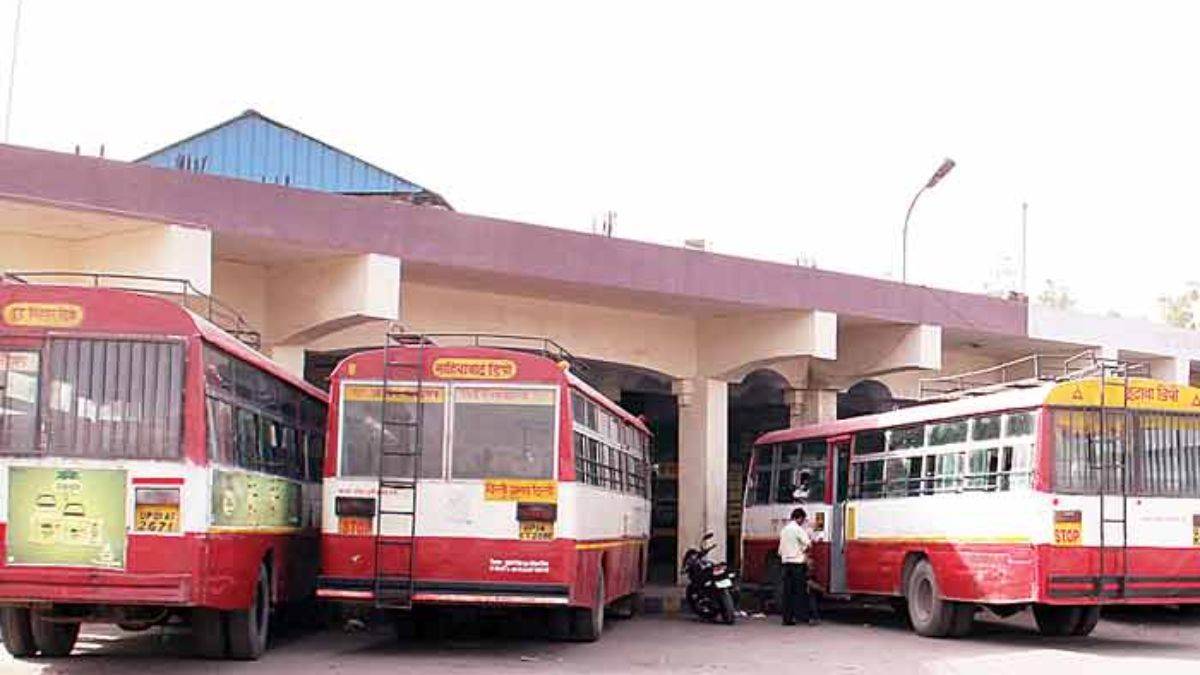“Rivers are our mothers, we must care for them.” This sentiment, echoed in a timeless song by the Hupa tribe of northern California, resonates deeply as we witness the dire state of Indian rivers—many on the brink of collapse. The urgency to recognize them as living entities with distinct legal rights has never been more pressing.
Rivers are not just waterways; they are the lifeblood of our ecosystems, cultural heritage, and communities. Acknowledging them as living entities would catalyze a revolutionary shift in our legal and environmental ethics, establishing a framework where ecosystems are viewed not as resources to exploit, but as vital beings deserving of constitutional protection.
In a landmark decision, a few years ago, the Uttarakhand High Court recognized the Ganga and Yamuna rivers as living entities, aligning India with a growing global movement advocating for the rights of rivers. This recognition is not a mere legal formality; it represents a profound understanding of our interconnectedness with nature.
River activists have now to build upon this momentum. By granting rivers robust legal rights, we empower them to sue for protection against pollution, damming, and diversion—ensuring their ability to flow freely, sustain biodiversity, and maintain their inherent ecological functions. This could mark a monumental shift in supporting legal and environmental ethics, and promoting a paradigm where ecosystems are no longer mere resources but living entities deserving of constitutional protection.
In the modern era, rivers are viewed chiefly as economic assets—sources of water for agriculture, hubs for transport, and locations for industrial activities. Such a perspective has resulted in severe ecological degradation, contamination, and biodiversity loss.
The Uttarakhand High Court’s ruling represents a critical counter to this exploitative view, emphasizing a relationship of respect and stewardship towards nature. Recognizing rivers as living entities reframes the conversation, prioritizing ecological balance and the inherent value of natural systems over anthropocentric interests.
The 2008 constitutional recognition of the Rights of Nature in Ecuador serves as a pioneering example that has inspired similar movements worldwide. Ecuador’s groundbreaking approach underscores the need for legal frameworks that assert the rights of ecosystems to exist, flourish, and regenerate. Following Ecuador’s lead, Colombia’s Constitutional Court recognized the Atrato River basin’s rights, illustrating a growing global understanding that protecting rivers also means safeguarding the rights of communities who live alongside them, often the most marginalized groups.
New Zealand’s recognition of the Whanganui River as a legal person enhances this narrative by integrating indigenous perspectives and valuing the relationship between people and rivers. The Te Awa Tupua Act exemplifies how legal frameworks can embody traditional ecological wisdom, recognizing that the well-being of nature is intrinsically linked to human well-being.
As India is home to myriad rivers that hold cultural, spiritual, and ecological significance, formalizing their rights would not only protect their integrity but also foster a holistic approach to environmental governance that resonates with indigenous practices and philosophies prevalent across the country.
In India, rivers are deeply woven into the cultural and spiritual fabric of society. The reverence with which these water bodies are treated reflects an intrinsic respect for nature inherent in many Indian traditions. However, this reverence has often been overshadowed by industrial pressures and urbanization. Legal recognition of rivers as entities with rights can thus serve to bridge this gap between tradition and modern governance.
Conventional approaches often fail to address the systemic roots of environmental issues, leading to piecemeal solutions that do not promote long-term sustainability. A rights-based framework empowers legal mechanisms for the protection, restoration, and conservation of rivers, enabling communities to advocate for their rights and hold violators accountable. Empowering local communities to act as stewards of the rivers can also lead to improved biodiversity conservation and rehabilitate areas that have suffered from pollution and degradation.
The integration of the rights of nature into legal frameworks reflects a profound understanding of our interconnectedness with the natural world. Crises such as climate change, biodiversity loss, and water scarcity highlight the urgent need for a new relationship with nature, one that acknowledges that the health of humanity is inextricably linked to the health of the rivers and ecosystems that sustain us.
Indeed, the recognition of the rights of rivers in India, following the precedent set by countries like Ecuador and New Zealand, represents a transformative approach toward environmental justice and sustainability. It urges us to reimagine our relationship with the natural world, transforming rivers from mere commodities to cherished living entities. This paradigm shift not only preserves the ecological integrity of our rivers but also honors the cultural and spiritual significance they hold for countless communities across India.










